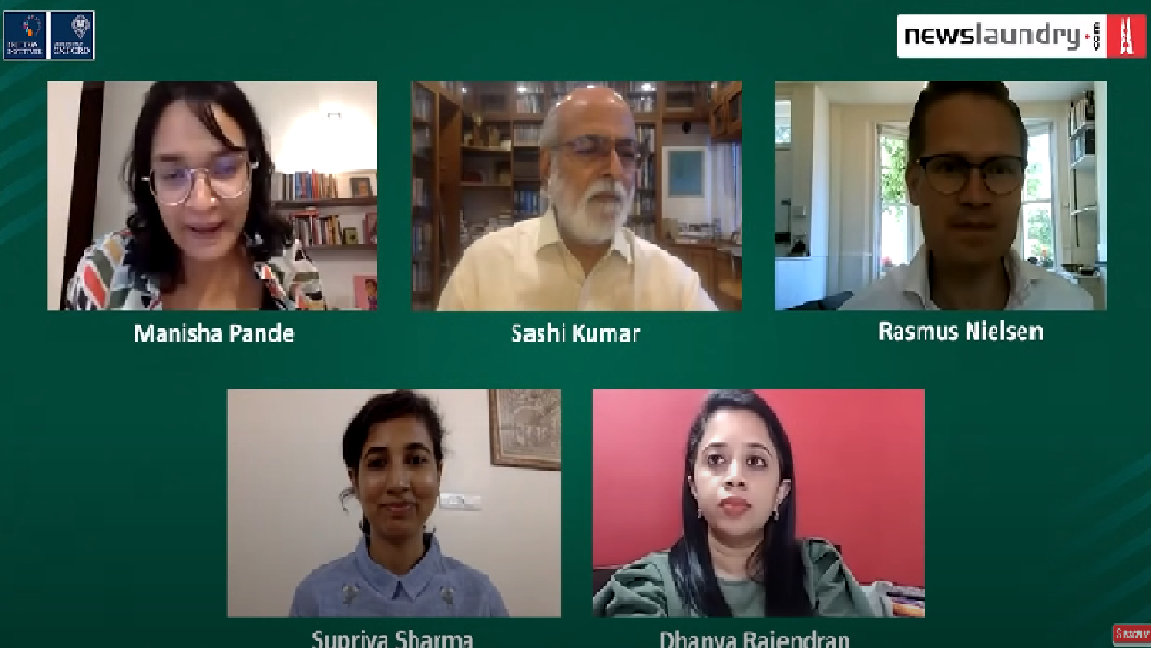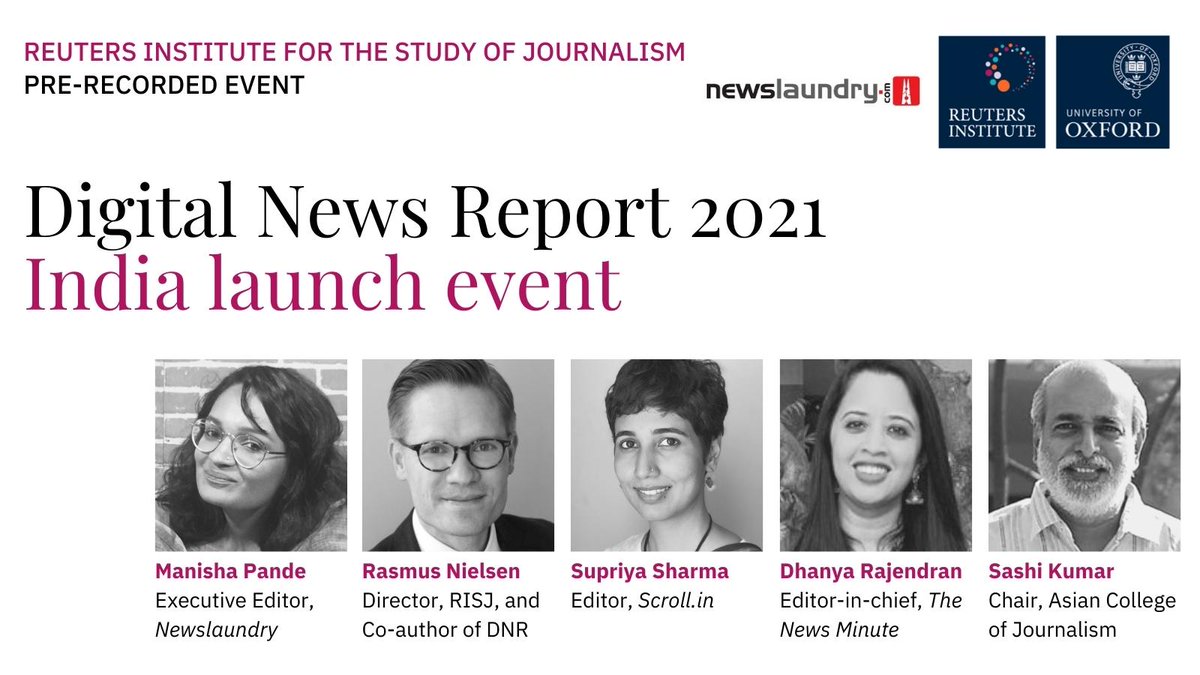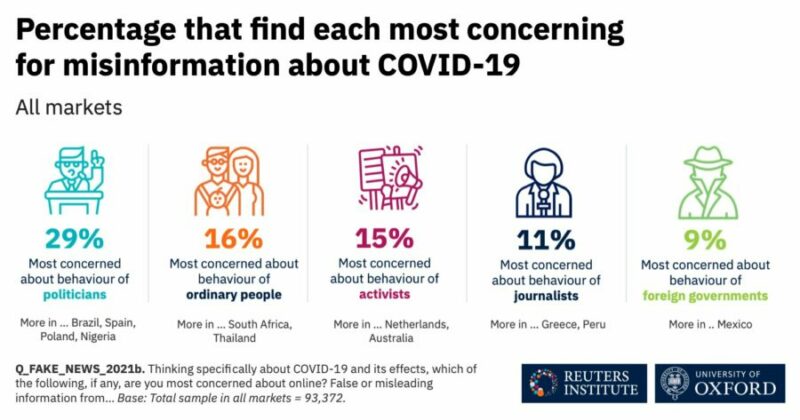M Snehanjali
3:19
3:21
3:25
3:26
3:30
3:33
3:34
3:37
3:39
3:40
3:43
3:43
3:45
3:49
3:50
3:57
4:00
4:01
4:03
4:04
4:07
Connecting…






